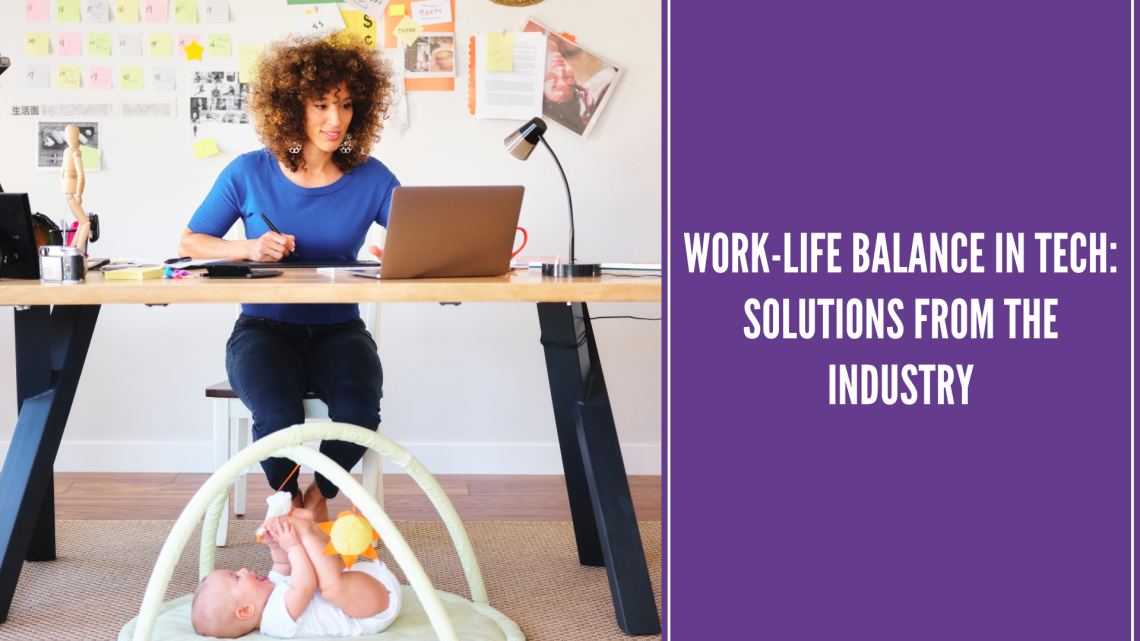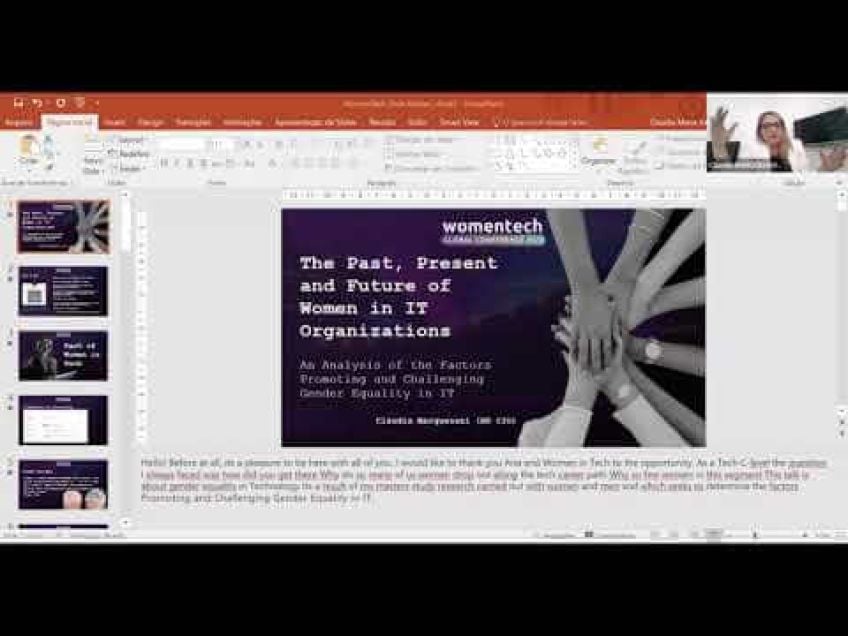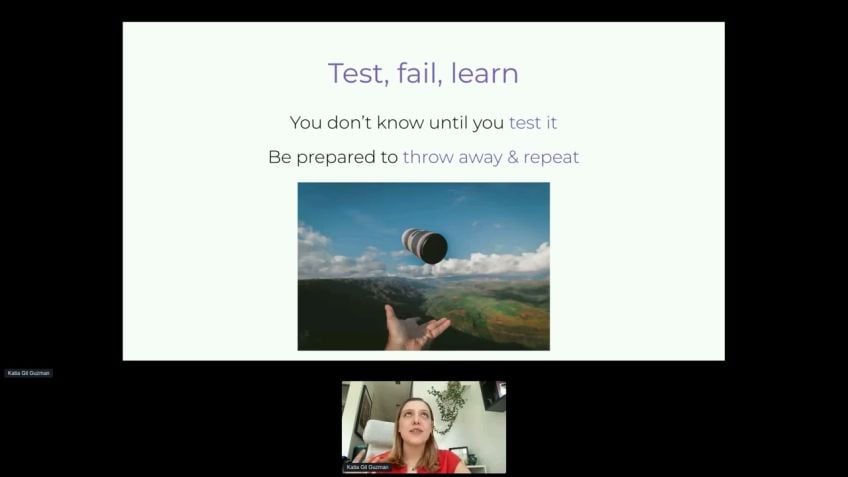
Achieving work-life balance is a challenge that both employees and employers continually strive to master. A recent survey reveals that an astounding 91% of employees chose to work remotely to achieve a better work-life balance. This desire for flexibility is further highlighted by 90% of workers who believe that flexible work schedules would significantly boost their morale. The appeal of remote work is undeniable. However, the shift to remote work is not without its challenges. While it offers numerous benefits, it also blurs the boundaries between work and personal time.
To shed light on this hot topic, we sit down with Corina Chartrand, Vice-President of Human Resources at Petal.
Remote/Hybrid and work-life balance
How has the shift to remote or hybrid work models impacted work-life balance for you, and how has your organization adapted its policies in response?
In our opinion, a company cannot claim to be modern, innovative, and have the well-being of their team at heart, without attempting to integrate remote working to the level that their business model allows them to. Petal employees benefit from the option of working remotely up to the maximum flexibility permitted by the nature of the position and the smooth running of operations. The inherent flexibility of our hybrid setup empowers employees to customize their work schedules around personal commitments, promoting a healthier balance between professional responsibilities and personal well-being. We continue to prioritize transparent communication, flexible work hours, and comprehensive support systems to sustain and enhance the positive work-life balance within our organization.
Effective strategies for work-life balance
What strategies do you recommend for employees to set effective boundaries between work and personal life, particularly in remote work settings?
Apart from setting and communicating your work hours, consider establishing "off" hours for
work-related communication and encouraging mutual respect among colleagues for personal
time. For example, if an employee finds themselves working outside regular hours or needs
to contact a colleague on vacation, scheduling the message for their return is advised. This
practice maintains boundaries, enabling everyone to fully unwind during their time away from
work. Use also technology wisely, such as activating "Do Not Disturb" settings, to maintain
separation between work and leisure. Take regular breaks to recharge and prioritize activities
outside of work that contribute to overall well-being. By actively preserving boundaries, you
can cultivate a more balanced and fulfilling work-life balance
High demand times and prioritization
How does your organization handle periods of high demand or crunch times while still prioritizing work-life balance for your employees?
At Petal, we navigate high-demand periods and crunch times while maintaining a strong
emphasis on work-life balance for our employees through several key strategies. First,
transparent communication ensures that everyone is aware of project timelines, expectations,
and the reasons behind any increased workload. Second, we prioritize projects to focus on
essential tasks and adjust deadlines to alleviate pressure, ensuring that we continue to support
our customers effectively. Collaboration is also central to our approach, with team members
working together to distribute workload fairly and offer mutual support during intense periods.
By integrating these principles into our operational strategy, we strive to uphold work-life
balance as a core value.
Creativity and Innovation
In what ways do you believe that improving work-life balance contributes to innovation and
creativity within your tech teams?
Improving work-life balance within our tech teams at Petal is essential for fostering innovation
and creativity. When employees have the time and mental space to recharge outside of work,
they return to their tasks with renewed energy and perspective. This can benefit engagement,
productivity, and a greater capacity for innovative thinking. By prioritizing work-life balance,
we create an environment where team members feel supported and empowered to explore
new ideas, take calculated risks, and collaborate effectively. Additionally, a healthy work-life
balance reduces burnout and turnover, ensuring continuity in our teams and allowing for the
long-term development of innovative solutions. Overall, a balanced approach to work and
personal life nurtures a culture of creativity and innovation, driving our tech teams to new
heights of success.
As outlined above, achieving work-life balance is crucial in the tech industry. Flexible remote and hybrid work models allow employees to manage their schedules effectively, promoting well-being. Setting clear boundaries, such as defined work hours and respectful communication practices, helps maintain this balance. During high-demand periods, transparent communication, task prioritization, and team collaboration ensure continued support. Ultimately, prioritizing work-life balance fosters innovation and creativity, enabling tech teams to excel and drive success.








